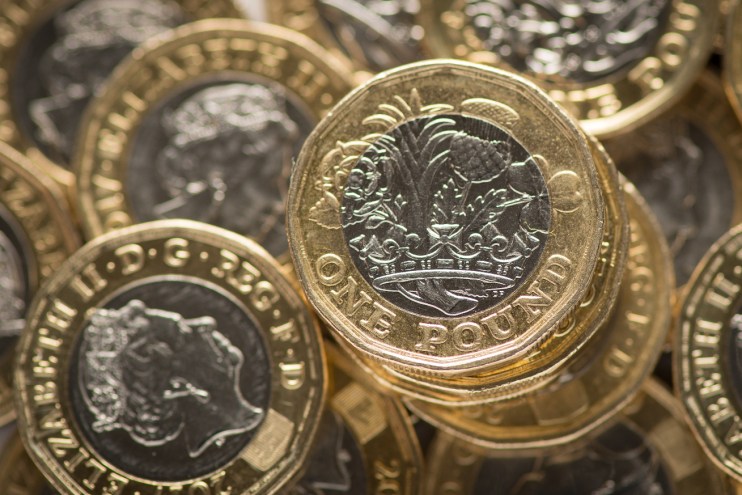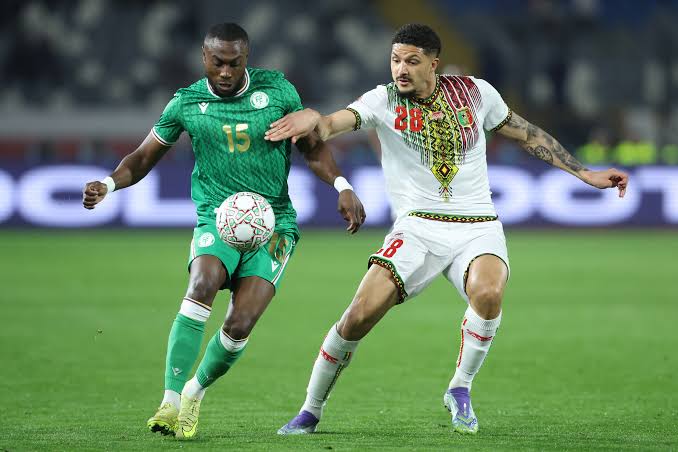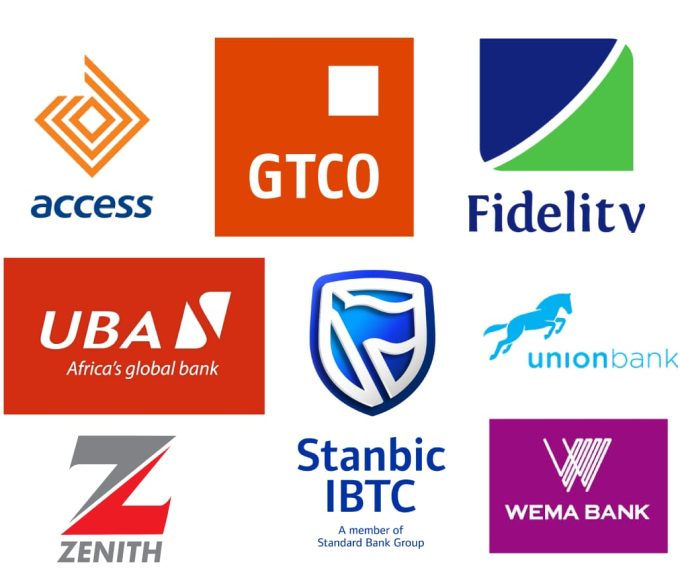
The pound sterling has reached its highest level against the euro since August 2022, trading at £0.8482 per euro on Wednesday. This marks a significant rise, with the pound gaining 2% against the euro since the beginning of the year.
The rise in the pound is driven by persistent price pressures in the UK, leading investors to believe that the Bank of England (BoE) will delay cutting interest rates compared to the European Central Bank (ECB). The ECB is expected to start reducing borrowing costs next month, with potential cuts in June and July.
Kit Juckes, a currency strategist at Société Générale, noted that “short-term interest rates dictate everything in foreign exchange,” highlighting that even minor shifts in monetary policy expectations can significantly impact the pound, which has been undervalued since the Brexit vote in 2016.
The UK economy’s better-than-expected performance and lingering inflation concerns have supported the pound. Despite UK inflation falling to a three-year low of 2.3%, the services component, closely watched by the BoE, remained high at 5.9%, above forecasts. This has led markets to almost entirely rule out a rate cut next month, a shift from earlier expectations.
In contrast, the ECB is set to start cutting rates on June 6. ECB Chief Economist Philip Lane stated that rate reductions are likely “barring no major surprises,” pending EU inflation figures due on Friday.
Additionally, the rise of the pound is supported by the UK’s upcoming general election on July 4. Investors are optimistic that a change in government could reduce political uncertainty and improve trading relations with the EU.
Sterling is also the only major currency among the G10 nations to have risen against the dollar this year, up by 0.1%.
About The Author
Related Articles
Benin and Niger Relations Deteriorate Further as Diplomatic Expulsions Escalate
Diplomatic relations between Benin and Niger have sharply deteriorated following a series...
ByWest Africa WeeklyJanuary 5, 2026Nigerian Air Force Confirms Crash of CH-4 Combat Drone in Niger State
The Nigerian Air Force has confirmed that one of its CH-4 combat...
ByWest Africa WeeklyJanuary 5, 2026Mali Survive Shootout Against Tunisia, Set Up Senegal Showdown
Mali advanced to the quarter-finals of the Africa Cup of Nations after...
ByWest Africa WeeklyJanuary 5, 2026Nigerian Banks Shut Down 229 Branches as Cost Pressures and Digital Shift Deepen
Nigeria’s banking sector has witnessed a significant contraction, with commercial banks shutting...
ByWest Africa WeeklyJanuary 5, 2026












